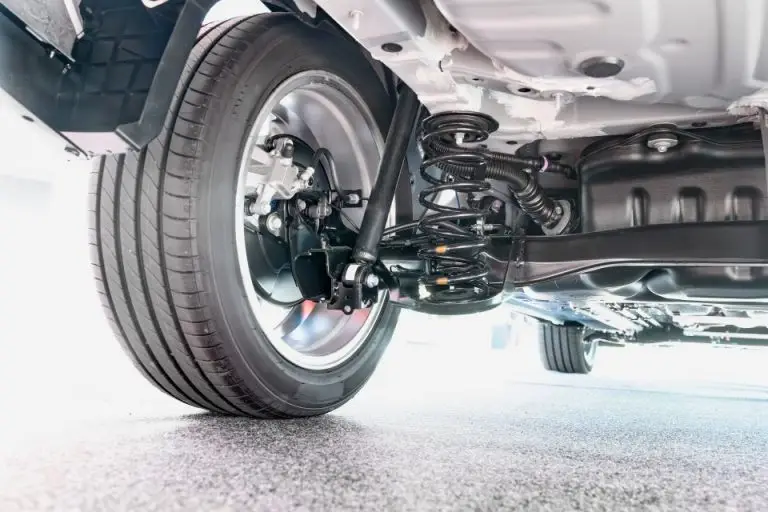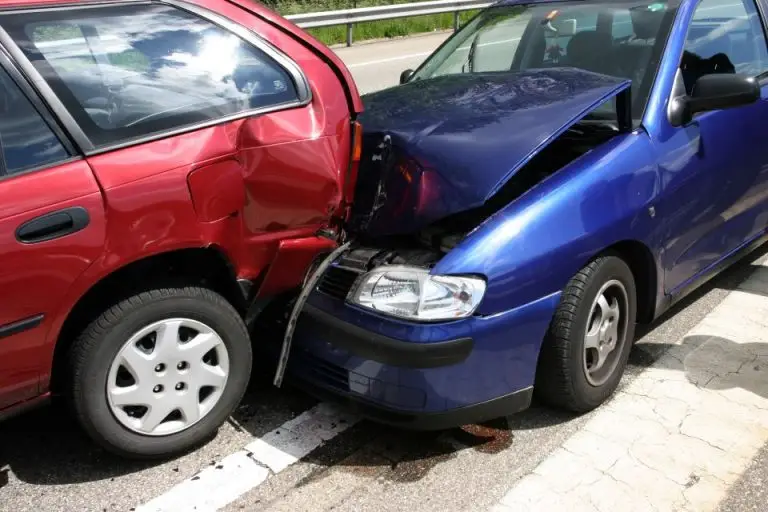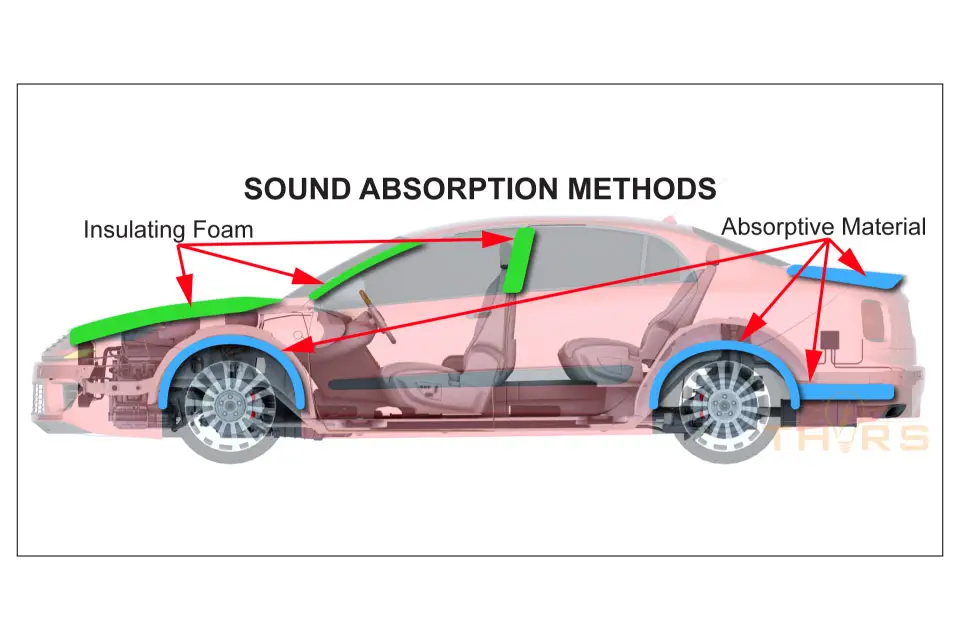The chassis system is the fundamental structural framework of any vehicle, serving as the primary load-bearing structure upon which all other automotive systems are integrated. This critical component determines how your vehicle handles on the road and how well it protects you during a crash. The chassis system directly affects vehicle dynamics and safety. A well-designed chassis makes a car feel controlled and predictable, while a poorly designed one can make driving feel uncertain or even dangerous. Also, during a crash, a well-designed chassis must protect passengers by absorbing impact energy and preventing the passenger compartment from collapsing.
How Chassis Design Affects Vehicle Dynamics
Chassis Stiffness and Handling
One of the most important properties of a chassis is its stiffness. A stiff chassis resists twisting and bending when forces act on it. This stiffness is crucial for good handling because it provides a stable platform for the suspension to work properly.
When a chassis is too flexible, it twists during cornering, and the suspension will not be able to maintain proper wheel alignment. This makes the car feel unpredictable.
Sports cars are designed to have extremely stiff chassis because when the steering wheel is turned, the car must respond immediately and precisely. In such cases, the suspension will keep the tires grounded to the road, giving the driver confidence and control.
Weight Distribution and Balance
The chassis determines where major components like the engine, transmission, and fuel tank are mounted because the placement of weight in a vehicle drastically affects the handling. Ideally, weight should be distributed evenly between the front and rear wheels and balanced left to right.
Vehicles with too much weight in the front tend to understeer, and vehicles with too much weight in the rear can oversteer. A well-designed chassis positions components to achieve balanced handling characteristics.
Suspension Mounting and Geometry
The chassis provides mounting points for the suspension system, and these mounting points must be extremely precise and rigid. Even small movements in these mounts can change the suspension geometry, affecting how the tires contact the road.
Modern performance cars use complex multi-link suspension designs that require numerous mounting points on the chassis. Each point must be positioned exactly right and must not flex under load. The chassis design determines whether these mounting points can be placed optimally for the best handling characteristics.

How Chassis Design Impacts Vehicle Safety
Crumple Zones
Modern chassis incorporate crumple zones at the front and rear of the vehicle. These are areas specifically designed to crush and deform during a collision. When a car crashes, it carries tremendous kinetic energy that needs to go somewhere. If the entire chassis were rigid, all that energy would transfer directly to the passengers, causing severe injuries.
Crumple zones solve this problem by absorbing energy as they deform. The metal crumples in a controlled way, extending the duration of the crash and reducing the peak forces that reach the occupants. The chassis uses different grades of steel in different areas, such as softer, more ductile steel in the crumple zones and ultra-high-strength steel in the passenger compartment.

Protecting Occupants
While the front and rear of the chassis are designed to crumple, the passenger compartment must remain rigid. Engineers call this the safety cage or survival cell. This part of the chassis uses the strongest materials available to prevent intrusion during crashes. In a side impact, the safety cage must resist door intrusion to protect passengers. During a rollover, it must support the vehicle’s weight to prevent roof collapse. High-strength steel beams in the door sills, roof pillars, and floor pan create a protective shell around passengers. The chassis must provide secure anchor points that won’t fail during a crash, allowing the seatbelts to hold passengers in the safety cage where they’re most protected.
Different Crash Scenarios
The chassis must protect occupants in multiple types of crashes: front impacts, side impacts, rear impacts, and rollovers. Each scenario requires different structural solutions.
- Frontal crashes are the most common, so chassis designs emphasize forward crumple zones and strong firewall structures.
- Side impacts are particularly dangerous because there’s less space to absorb energy, so the chassis includes strong door beams and side sill reinforcements.
- Rollover protection requires a strong roof structure that can support multiple times the vehicle’s weight.
Many chassis design features improved vehicle dynamics and safety. A stiff chassis that provides better handling also maintains its structural integrity better during crashes. Proper weight distribution that improves handling also helps the vehicle remain stable during emergency maneuvers that might prevent crashes altogether. However, some conflicts exist. Adding safety reinforcements increases weight, which can hurt handling and acceleration. Finding the right balance requires sophisticated engineering and extensive testing.
Find out more about chassis in the THORS course, Chassis System Basics.



